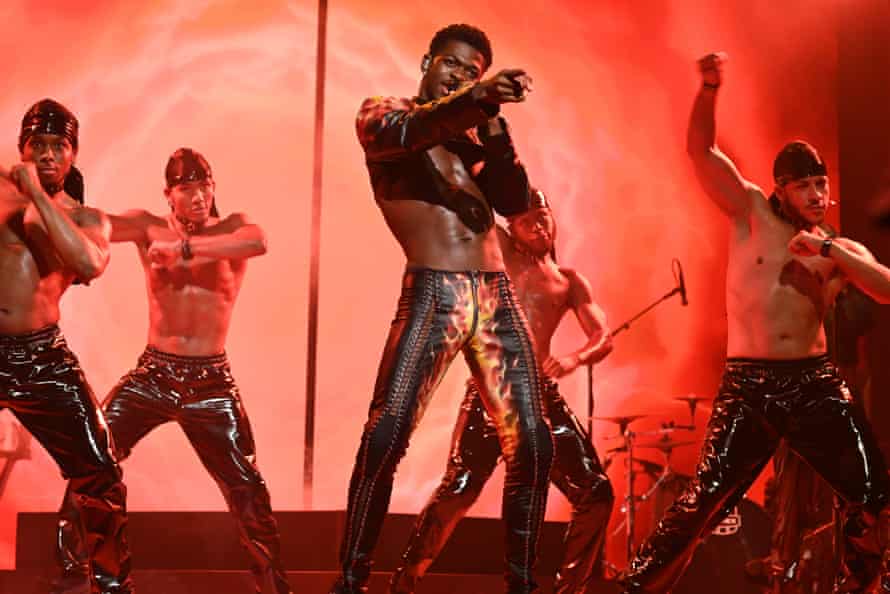“I predict there will be a new STD called ‘Covherpes’,” said comedian Chelsea Handler last week, joking about how our pent-up, pandemic sexual tension will play out once we are all vaccinated.
But, no matter what the results of our personal Hot Girl Summers (thanks, Megan Thee Stallion) /White Boy Summers (cheers, Chet Hanks) /Thot Girl Summers (hi BOLDiiPark) are, the consequences on fashion have been … unexpected. After dressing in sweatpants for most of 2020, the return to dressing up, the so called Roaring 20s, is not only about a desire to peacock but also to show off occasionally random bits of flesh. Welcome to the age of the intentional wardrobe malfunction.

The wardrobe malfunction used to be the unfortunate moment where flesh accidentally escaped an outfit on the red carpet or other public event. But just as Lil Nas X’s split trousers on Saturday Night Live or Janet Jackson’s Superbowl incident caused embarrassment and, in the case of Jackson, years of shaming, the intentional wardrobe malfunction is a) deliberate and b) a statement of empowerment. It’s a rip that looks accidental (but isn’t); it’s a show of underwear as outerwear that is purposeful. The kind of nudity that once would have looked like an accident, but not in 2021. All done in the spirit of Cher: with humour, excess, high camp and a disruptive intent.

Recently, we’ve had the laced-up, bum-revealing Savage X Fenty underwear, Megan Thee Stallion as Tina Snow in the Thot Shit video, Kim Kardashian’s all-in-one with cutouts around her buttocks, Megan Fox’s see-through mesh top and comedian Iliza Shlesinger presenting the CMT country music awards in what appeared to be a dress where the top bit had accidentally blown away. Moments in the recent spring/summer men’s shows (such as Fendi’s cropped jackets and Prada’s skorts) can be seen to be part of this, too.
“We’ve spent the last 18 months focusing on safety, health and wellbeing. However, this appears to be a watershed moment in which all that pent-up sexual tension is about to explode,” says Prof Andrew Groves. “These displays of flesh around the groin, buttocks or breasts are indicative of that.”

We had a precursor to this earlier in the year when fashion brands such as Suitsupply, Diesel and Jacquemus unveiled intense, highly sexualised advertising campaigns, focusing on the post-pandemic elation of touching one another again. Fashion trends such as short shorts for men, the Mugler bodysuit in pop and backless dresses have nodded to this, too.
Groves says that there has been been a schism over the past 18 months. While we’ve been in an era of comfort dressing, there has been a simultaneous opposite moment happening online. “We’ve seen an increase in the number of people exposing their flesh on TikTok, Instagram and OnlyFans. Instead of getting our fashion inspiration from people we see outside, we’ve been transfixed by these overtly sexualised displays of flesh online,” he says.
As Keeping Up With the Kardashians ends, the family’s sartorial legacy has been that of upping the shock factor on each outfit and its impact on social media. The family occupied the spaces between private and publicand fantasy and reality, opening a door for others to present themselves in a certain way. And, as working from home has led to people spending more time online, perhaps our attitude to acceptable dressing has been Kardashian-ised, too.
from Lifestyle | The Guardian https://ift.tt/3qiybVh
via IFTTT

comment 0 Comment
more_vert